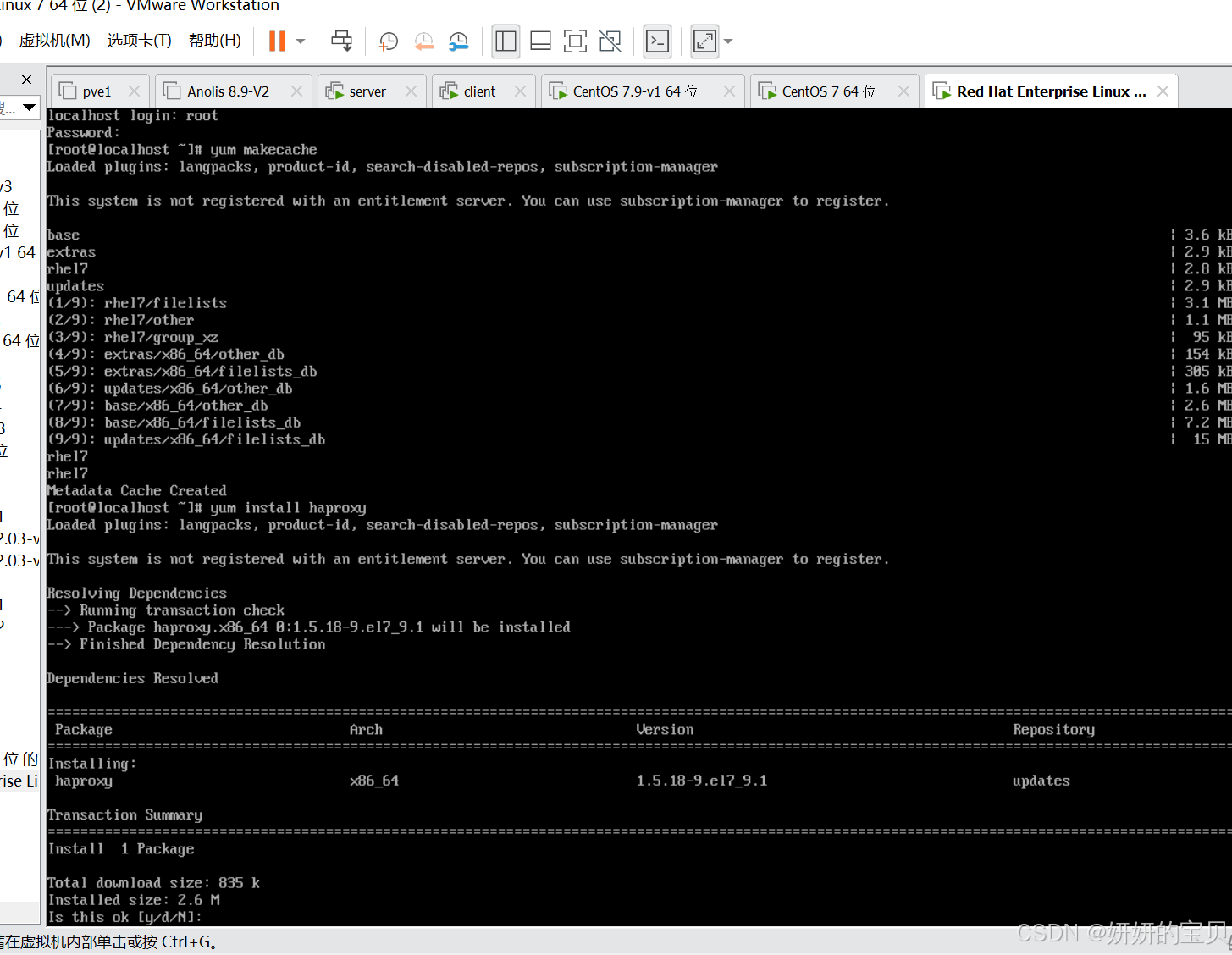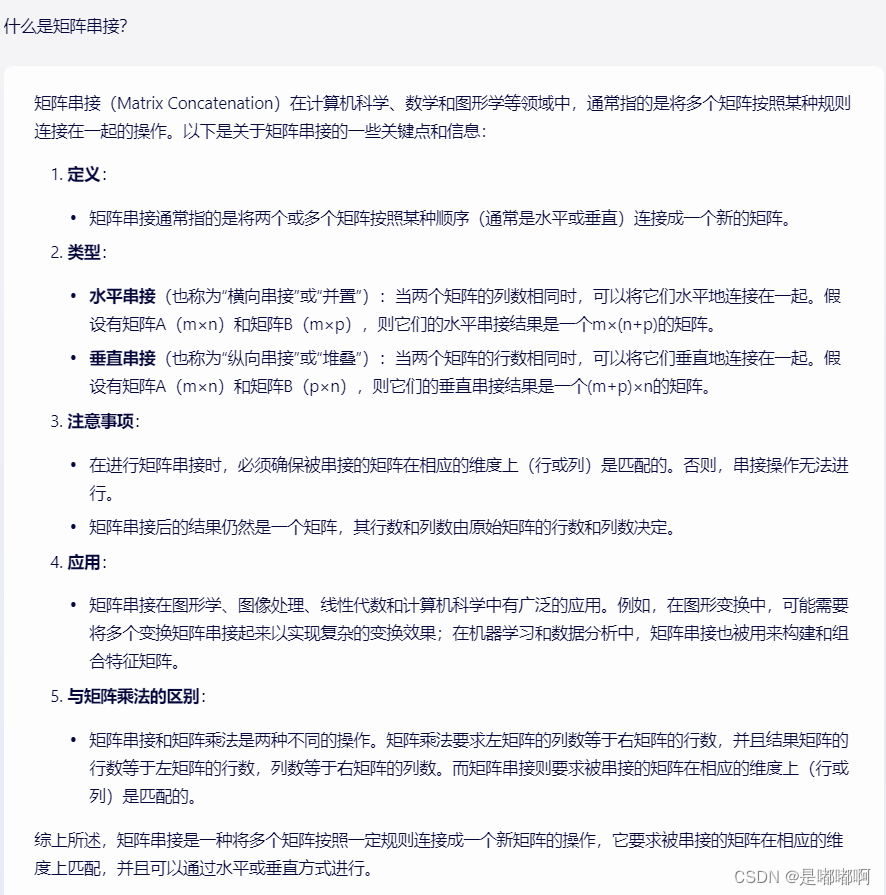《深入浅出WPF》学习笔记六.手动实现Mvvm
demo的层级结构,Mvvm常用项目结构

依赖属性基类实现
具体底层原理后续学习中再探讨,可以粗浅理解为,有一个全局对象使用list或者dic监听所有依赖属性,当一个依赖属性变化引发通知时,就会遍历查询对应的字典,通知View层进行处理。
using System;
using System.Collections.Generic;
using System.ComponentModel;
using System.Linq;
using System.Runtime.CompilerServices;
using System.Text;
using System.Threading.Tasks;
namespace WpfApp11.ViewModels
{
/// <summary>
/// viewmodel的基类
/// </summary>
public class NotificationObject : INotifyPropertyChanged
{
/// <summary>
/// 通知属性变化
/// </summary>
public event PropertyChangedEventHandler? PropertyChanged;
public void RaisePropertyChanged(string propertyName)
{
if (this.PropertyChanged != null)
{
//实际方法,内部可以理解为一个字典对象
this.PropertyChanged(this, new PropertyChangedEventArgs(propertyName));
}
}
}
}
命令属性基类实现
这个底层原理没了解过,后续学到了再说。
using System;
using System.Collections.Generic;
using System.Linq;
using System.Text;
using System.Threading.Tasks;
using System.Windows.Input;
namespace WpfApp11.Commands
{
public class DelegateCommand : ICommand
{
public event EventHandler? CanExecuteChanged;
//是否可以执行
public bool CanExecute(object? parameter)
{
if (this.CanExecuteFunc == null)
{
return true;
}
else
{
this.CanExecuteFunc(parameter);
return true;
}
}
//具体执行
public void Execute(object? parameter)
{
if (this.ExecuteAction == null)
{
return;
}
this.ExecuteAction(parameter);
}
public Action<object> ExecuteAction { get; set; }
public Func<object, bool> CanExecuteFunc { get; set; }
}
}
View
<Window x:Class="WpfApp11.Views.CalculateView"
xmlns="http://schemas.microsoft.com/winfx/2006/xaml/presentation"
xmlns:x="http://schemas.microsoft.com/winfx/2006/xaml"
xmlns:d="http://schemas.microsoft.com/expression/blend/2008"
xmlns:mc="http://schemas.openxmlformats.org/markup-compatibility/2006"
xmlns:local="clr-namespace:WpfApp11.Views"
mc:Ignorable="d"
Title="CalculateView" Height="300" Width="300">
<Grid>
<Grid.RowDefinitions>
<RowDefinition Height="auto"></RowDefinition>
<RowDefinition Height="auto"></RowDefinition>
<RowDefinition Height="auto"></RowDefinition>
<RowDefinition Height="auto"></RowDefinition>
</Grid.RowDefinitions>
<StackPanel Grid.Row="0" Orientation="Horizontal" Margin="10">
<Label>参数1:</Label>
<TextBox Height="30" Width="100" x:Name="tb1" Text="{Binding Param1}"></TextBox>
</StackPanel>
<StackPanel Grid.Row="1" Orientation="Horizontal" Margin="10">
<Label>参数2:</Label>
<TextBox Height="30" Width="100" x:Name="tb2" Text="{Binding Param2}"></TextBox>
</StackPanel>
<StackPanel Grid.Row="2" Orientation="Horizontal" Margin="10">
<Label>结果:</Label>
<TextBox Height="30" Width="100" x:Name="tb3" Text="{Binding Result}"></TextBox>
</StackPanel>
<StackPanel Grid.Row="3" Orientation="Horizontal" VerticalAlignment="Center" HorizontalAlignment="Center" Margin="10">
<Button x:Name="btn1" Content="Calculate" Height="30" Width="100" Command="{Binding AddCommand}"></Button>
</StackPanel>
</Grid>
</Window>
using System;
using System.Collections.Generic;
using System.Linq;
using System.Text;
using System.Threading.Tasks;
using System.Windows;
using System.Windows.Controls;
using System.Windows.Data;
using System.Windows.Documents;
using System.Windows.Input;
using System.Windows.Media;
using System.Windows.Media.Imaging;
using System.Windows.Shapes;
using WpfApp11.ViewModels;
namespace WpfApp11.Views
{
/// <summary>
/// CalculateView.xaml 的交互逻辑
/// </summary>
public partial class CalculateView : Window
{
public CalculateView()
{
InitializeComponent();
this.DataContext = new CalculateViewModel();
}
}
}
ViewModel
using System;
using System.Collections.Generic;
using System.Linq;
using System.Text;
using System.Threading.Tasks;
using WpfApp11.Commands;
namespace WpfApp11.ViewModels
{
public class CalculateViewModel : NotificationObject
{
#region 依赖属性
private string param1;
public string Param1
{
get { return param1; }
set
{
param1 = value;
this.RaisePropertyChanged("Param1");
}
}
private string param2;
public string Param2
{
get { return param2; }
set
{
param2 = value;
this.RaisePropertyChanged("Param2");
}
}
private string result;
public string Result
{
get { return result; }
set
{
result = value;
this.RaisePropertyChanged("Result");
}
}
#endregion
/// <summary>
/// 命令属性
/// </summary>
public DelegateCommand AddCommand { get; set; }
public void Add(object param)
{
this.Result = (Convert.ToInt32(this.Param1) + Convert.ToInt32(this.Param2)).ToString();
}
public CalculateViewModel()
{
Param1 = "0";
Param2 = "0";
Result = "0";
this.AddCommand = new DelegateCommand();
this.AddCommand.ExecuteAction = new Action<object>(this.Add);
}
}
}
App
<Application x:Class="WpfApp11.App"
xmlns="http://schemas.microsoft.com/winfx/2006/xaml/presentation"
xmlns:x="http://schemas.microsoft.com/winfx/2006/xaml"
xmlns:local="clr-namespace:WpfApp11"
StartupUri="Views/CalculateView.xaml">
<Application.Resources>
</Application.Resources>
</Application>
结语
实际项目中基本都是使用成熟框架Prism或者MvvmLight,不需要手动造轮子,但学习要知所以然。



















